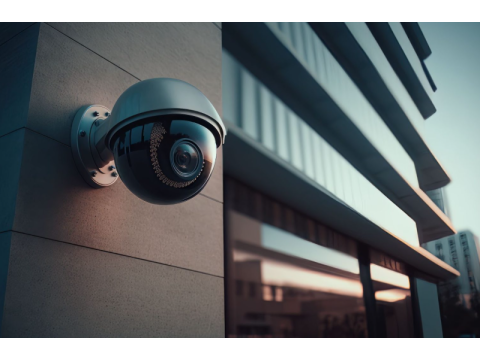Video Surveillance in Apartment Complexes
Installing video surveillance in apartment buildings can serve various purposes:
- Monitoring lobbies and hallways.
- Overseeing outdoor areas and entry points.
- Securing shared parking lots.
Surveillance Options
1. Wired Closed-Circuit Systems
- Setup: Includes cameras, a recorder, and access points (e.g., resident computers).
- Features:
- Analog or IP cameras.
- Potential for each resident to access specific cameras or save recordings locally.
- Challenges:
- Requires extensive cabling and network setup.
- Feasible for single-building setups but complex for larger complexes.
2. Wireless Surveillance Systems
- Analog Cameras: Transmit via radio to TVs. Cost-effective but susceptible to interference.
- Wi-Fi Networks: Offer flexibility but require robust signal coverage and maintenance.
- Considerations:
- Ideal for small-scale setups.
- Dependent on residents' willingness to share costs.
3. Internet-Connected Systems
- Advantages:
- Requires minimal infrastructure.
- Compatible with IP cameras and DVRs via a router.
- Allows remote access through IP addresses or dynamic DNS services.
- Cloud Services: Simplify setup and provide accessible storage solutions.
Implementation Options
Resident-Driven Installation:
- Initiated by tenant groups.
- Cameras installed in common areas with shared access.
Service by Internet Providers:
- Providers leverage existing infrastructure.
- Residents subscribe for secure access to live feeds and archives.
Conclusion
Video surveillance in apartment complexes enhances safety and fosters community security. Choose a solution—wired, wireless, or internet-based—that aligns with your building's needs and residents' preferences for a reliable and scalable monitoring system.
Apartment Video Surveillance via Internet
09/01/2025

